#aragon
Text


Two more Journey to Rivendal postcards ♥
lighting above Midgewater marches and a knife in the dark ♥
2K notes
·
View notes
Text

#lotr#lord of the rings#boromir#aragon#pippin took#merry brandybuck#frodo baggins#samwise gamgee#legolas#gimli#spooky season#halloween#curse you Christmas!#blast you Whos
8K notes
·
View notes
Text

Castle of Loarre,
Huesca Province, Aragon autonomous region of Spain,
Credit: Navid Fatehpour
#art#design#architecture#history#style#luxury house#luxury homes#castle#luxurylifestyle#loarre#spain#aragon#huesca#romanesque#abbey#castle of loarre#navid fatehpour
2K notes
·
View notes
Text



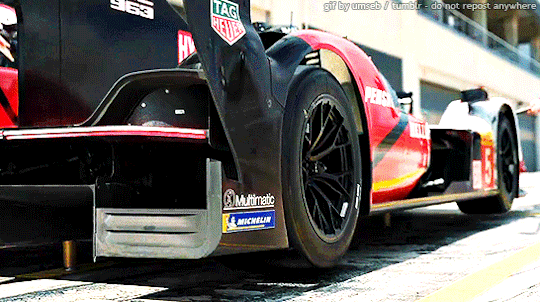
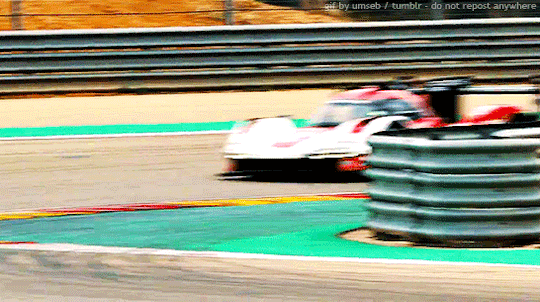

#sebastian vettel#f1#formula 1#wec#fic ref#fic ref 2024#not a race#2024 not a race#between australia and japan 2024#testing#testing 2024#aragon
186 notes
·
View notes
Photo






This Barbie is divorced, beheaded, died!
#Six the Musical#Six#catherine of aragon#anne boleyn#jane seymour#anna of cleves#katherine howard#catherine parr#aragon#boleyn#seymour#cleves#howard#parr#barbie meme#I was possessed by the devil#I'm sorry for parr#not really
848 notes
·
View notes
Photo
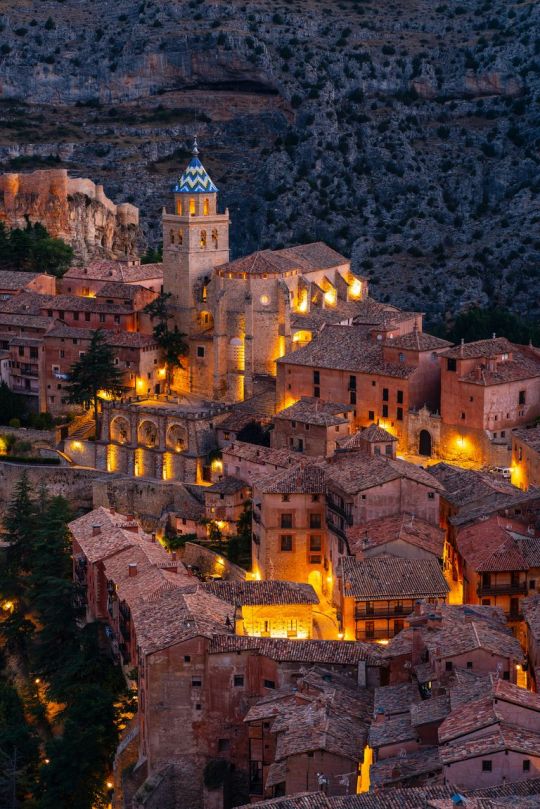
Albarracin - Teruel (Aragon), Spain
#aragon#teruel#spain#europe#medieval#albarracin#arch#medieval europe#narrow strteet#travel#wanderlust
2K notes
·
View notes
Photo
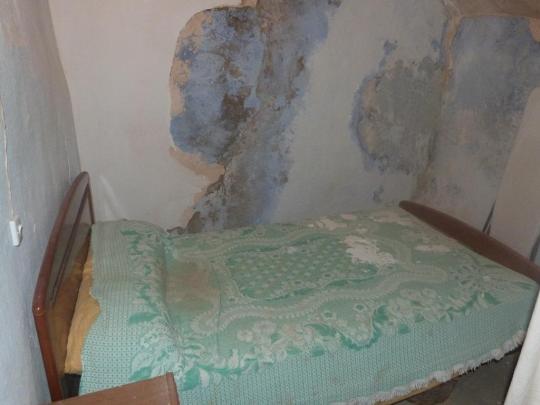
Valdeltormo, Teruel (Aragon).
464 notes
·
View notes
Text
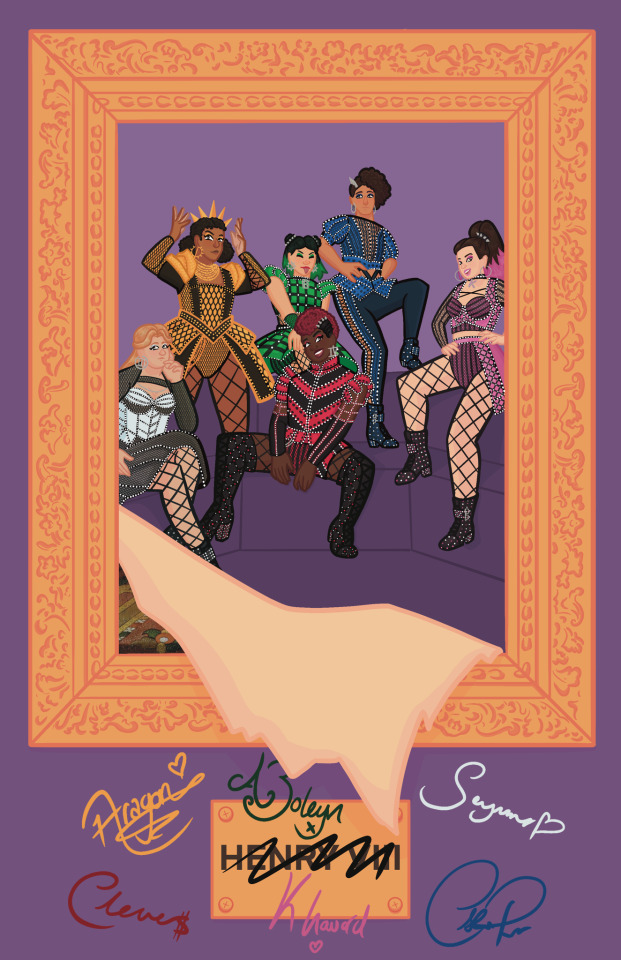
we’re taking back the microphone!
#musicals#six the musical#six#thesquirrelqueer art#broadway#art#fanart#digital art#aragon#boleyn#seymour#cleves#k howard#parr#catherine of aragon#anne boleyn#jane seymour#anna of cleves#katherine howard#catherine parr
145 notes
·
View notes
Photo

Javier Aragon.
913 notes
·
View notes
Text
WHAT HAPPENED TO COUNTESS MARIA OF SALONA?
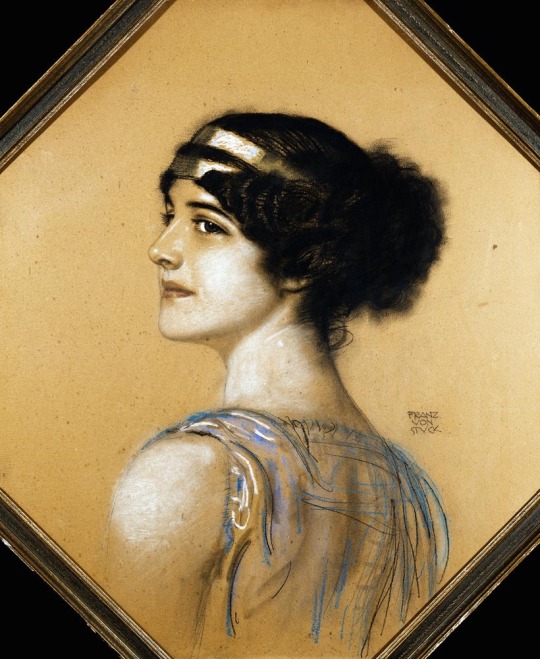
Maria Fadrique was born around 1370, the daughter of the last Catalan Count of Salona, Don Louis Fadrique, and his Greek wife, Princess Helena Fadrique, also known as Helena Kantakouzene or The Despina, Helena Asenina.
Not much information about her early childhood has been preserved. We do know that she grew up as an only child to the noble couple and was likely prepared and claimed as the only heir to the County of Salona.
In 1382, at the age of 12, she lost her father and became the Countess of Salona in her own right. However, due to her age, she was deemed too young to manage the county, so her mother, the Dowager Countess Helena Fadrique, took charge as regent. That same year, she was betrothed to Bernat Hug, a son of Felip Dalmau, but the betrothal was annulled.
Despite reaching the age of maturity in 1386, at 16, an age when she was now deemed fully capable of managing the County of Salona, her mother remained in power over all state affairs, and Maria had yet to step a toe into the world of politics. That same year, her mother betrothed her to a son of the Serbian Emperor Symeon Uros for political reasons, but this betrothal, like the first one was annulled. That same year, she was betrothed to an alienated associate of the King of Aragon, but the wedding never took place.
From the years of 1388-1391, Helena refused to repay damages to a Venetian citizen who suffered the loss of property aboard a ship from Ancona by her late husband, Don Luis Fadrique, in 1380. This made her mother very unpopular with Venice.
Her mother was quite hated by the people, who most likely would have preferred Maria to take charge over state affairs, but this never happened. Even at the age of 20, Maria had not taken charge over state affairs. This decision to keep the Dowager Countess in charge would eventually cause their deaths.
Though Necdet Sakaoğlu in his work “Bu Mülkün Kadın Sultanları” claims she was betrothed to Manuel II in 1393, I have not seen another source to confirm this claim.
In this same work, Sakaoğlu tells the story of the capture of Maria and her mother in late 1393 or early 1394. “Turkish soldiers captured the Frankish ship that was bringing Maria to Istanbul in the Dardanelles and captured its occupants.” - Necdet Sakaoğlu, “Bu Mülkün Kadın Sultanları,” pg 88.

Upon meeting the beautiful and affianced Countess, Sultan Yildirim Bayezid Han was smitten with her, and both the mother and the daughter were brought to his harem in Edirne, and Maria became his concubine.
That same year in 1394, Helena died, but it is not clear if it was due to an execution or other reasons. According to Laonikos Chalkokondyles, the Countess Helena disgraced herself and brought shame upon the people of "Delphi" by committing her authority into the hands of her lover, a priest called Strateus, for which reason the Archbishop of Larissa denounced her to the Basileus (Sultan) and gave him the pretext for taking over the County of Salona. - The Byzantine Family of Kantakouzenos (Cantacuzenus) Ca. 1100-1460: A Genealogical and Prosopographical, pg 161.
As for Maria, she was executed a year later in 1395 after Bayezid found her unworthy of him, and eventually lost interest in her. However, this reason seems highly improbable.
When Bayezid lost interest in her, he wouldn’t have executed her but instead discarded her or even sent her away to the old palace in Bursa. The reason for her execution must be something else, either she was executed for political reasons or she went against the rules or even committed a crime. Nonetheless, it is highly unlikely for a Sultan to execute a concubine because he lost interest in her.
( Sources: The Byzantine Family of Kantakouzenos (Cantacuzenus) Ca. 1100-1460: A Genealogical and Prosopographical, Necdet Sakaoğlu, “Bu Mülkün Kadın Sultanları".)
#geology#Hatun#royalife#BayezidI#Bayezid I#sultan bayezid#Bayezid The Thunderbolt#Bayezidthethunderbolt#Yildirim Bayezid#YildirimBayezid#Yıldırım Beyazıt#YıldırımBeyazıt#Assembly#Sultan Yildirim Bayezid Han#Countess Maria#Maria of Salona#Countess Maria of Salona#Helena Fadrique#ottoman empire#County of Salona#Aragon#Count Louis Fadrique#history#Helena Kantakouzene#Helena Asenina#concubine#osmanlı#Sultan#Imperial Harem
80 notes
·
View notes
Text

Embroidered Tag Keychains are here! Available at the end of the summer probably!! You can sign up to the newsletter at Tsuyonpu dot com as always 💖
#lotr#lord of the rings#hobbits#the lord of the rings#samwise gamgee#frodo and sam#frodo baggins#frodo#middle earth#merch#gimli#the fellowship#the fellowship of the ring#legolas#Aragon#gandalf#pippin#merry#merry brandybuck#pippin took#boromir
348 notes
·
View notes
Text

I absolutely love this lineart, so I hope I done it justice

Beautiful work made by the fabulous @weshney
59 notes
·
View notes
Text
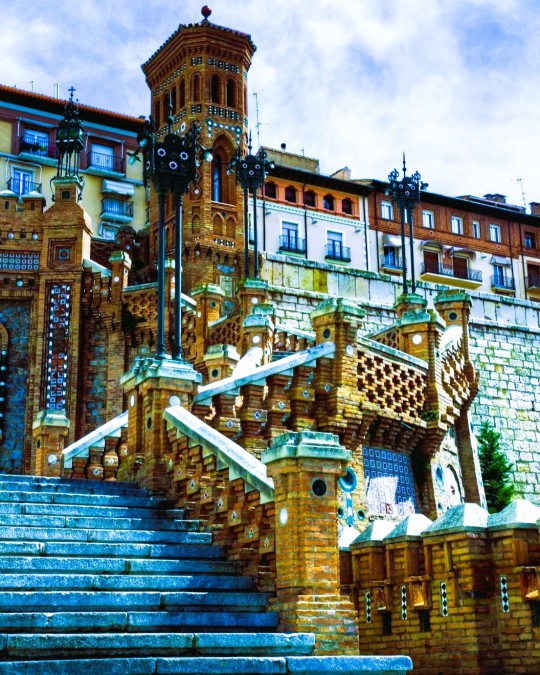
Teruel, Spain: Teruel is a city in Aragon, located in eastern Spain, and is also the capital of Teruel Province. Though the Escalinata Staircase technically a purpose-built construction – meant to connect the centro de la ciudad to the railway station – the Escalinata Staircase has become so much more. The town of Teruel, an easy day trip from the modernist city of Valencia, is often called the “town of mudéjar architecture” (meaning Moorish-influenced architecture). Wikipedia
56 notes
·
View notes
Text

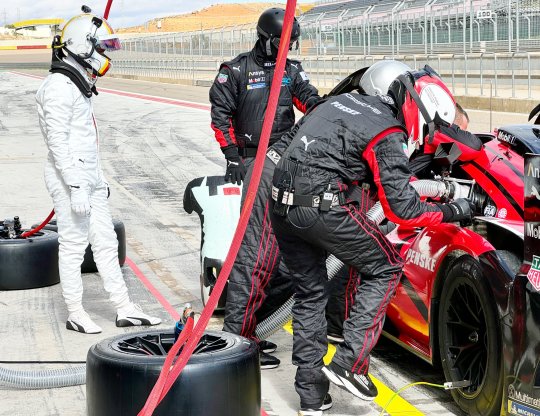

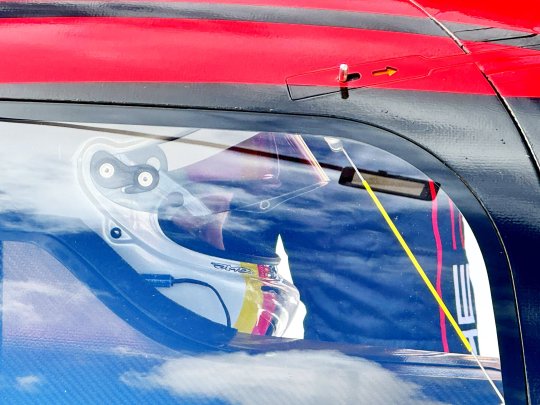
"Now the @.AragonMotorLand test has also begun for Sebastian Vettel: The 4-time F1 World Champion is getting track experience with the over 500 kW (680 hp) Porsche Hypercar." - march 26, 2024
📷 @.porscheraces / twitter
#sebastian vettel#f1#formula 1#wec#fic ref#fic ref 2024#not a race#2024 not a race#between australia and japan 2024#testing#testing 2024#aragon
193 notes
·
View notes
Text

Traditional entrance in Araotz (Gipuzkoa) [x]
The dry flower on the door is called eguzkilore (carlina acaulis), our national flower. It's believed it has protective powers against bad spirits that always come out at night; in Basque tradition they aren't allowed to see the sun, and have a pathological need to count almost uncountable things. So when evil spirits come to a door and see the eguzkilore, they're fascinated by its resemblance to the sun, and then they start counting the thorns. They're so many that morning comes and they have to hide again, without having entered the house.
You'll see this flower on many doors throughout EH and Aragón - where is known as cardincha - so it's clearly a Pyreneean tradition.
#euskal herria#pays basque#basque country#euskadi#pais vasco#culture#Folklore#tradition#Euskal mitologia#Mythology#Gipuzkoa#Door#Aragon
106 notes
·
View notes
Text

La Basilica de Nuestra Señora del Pilar en Zaragoza, Aragon, ESPAÑA
109 notes
·
View notes